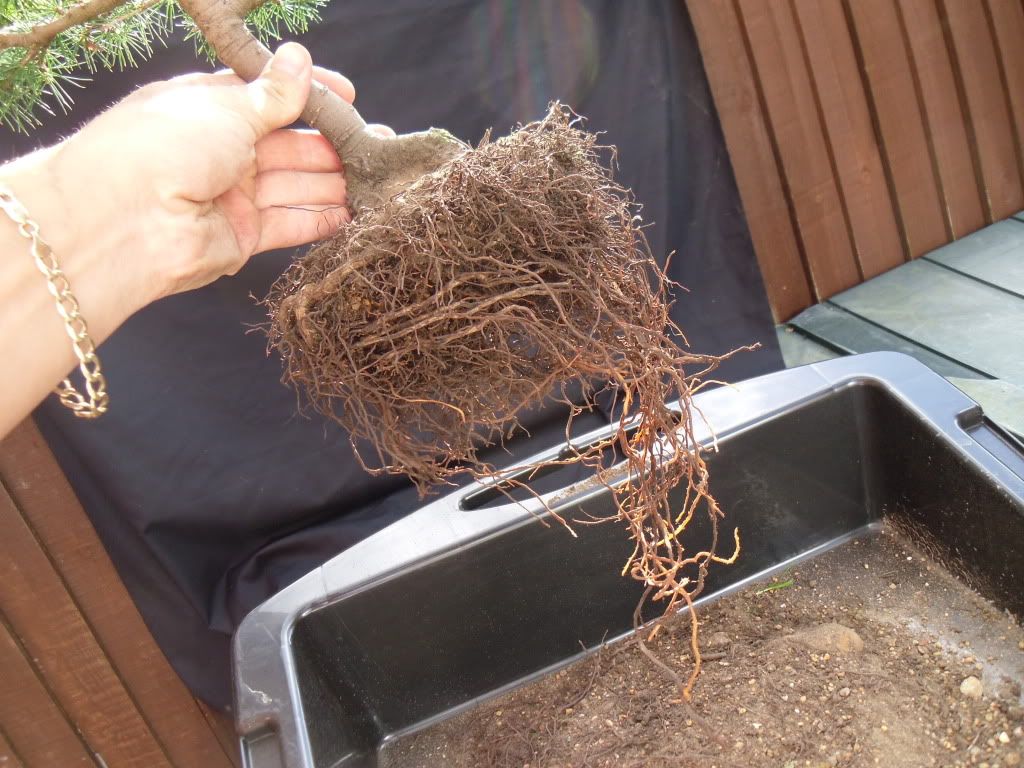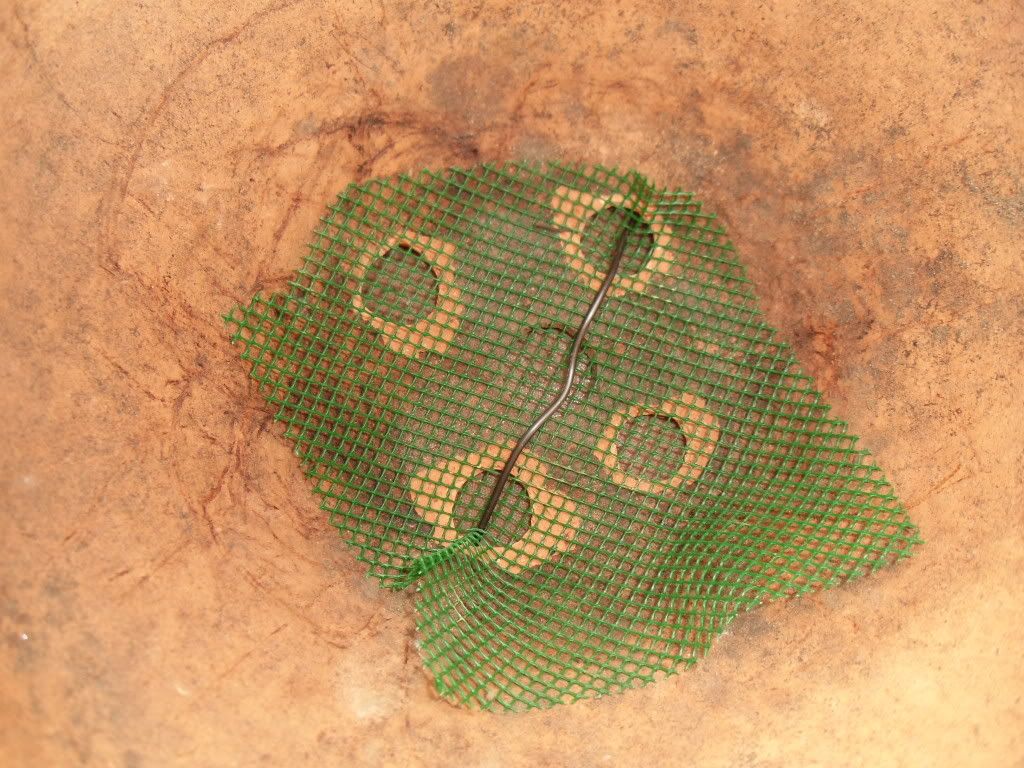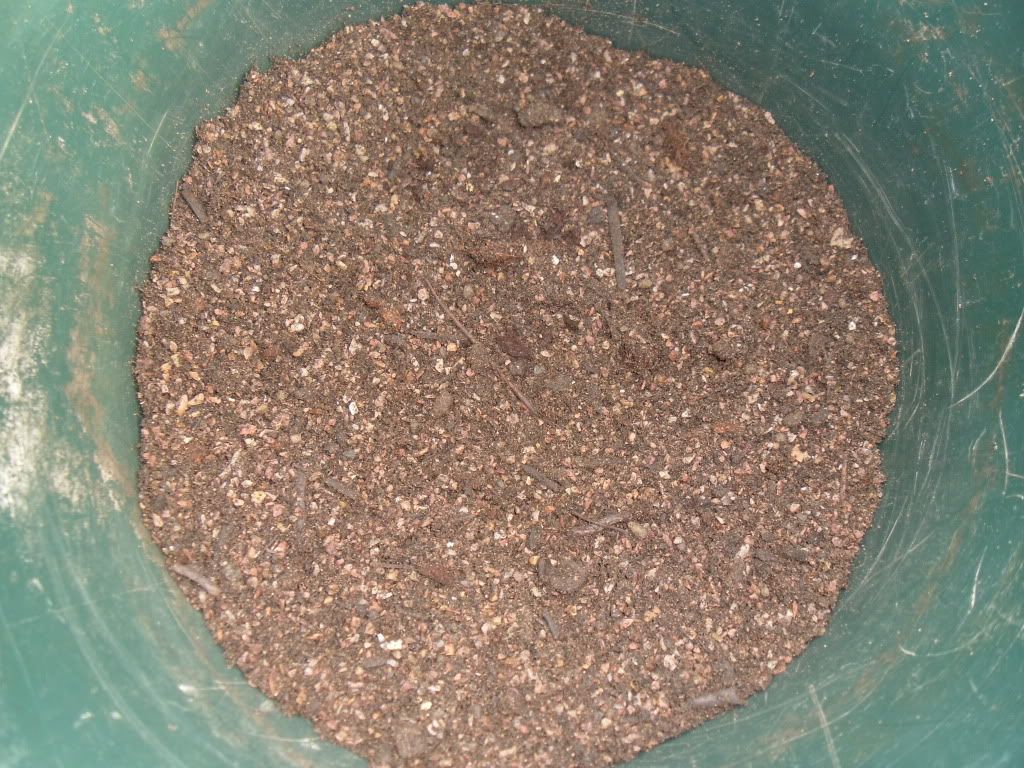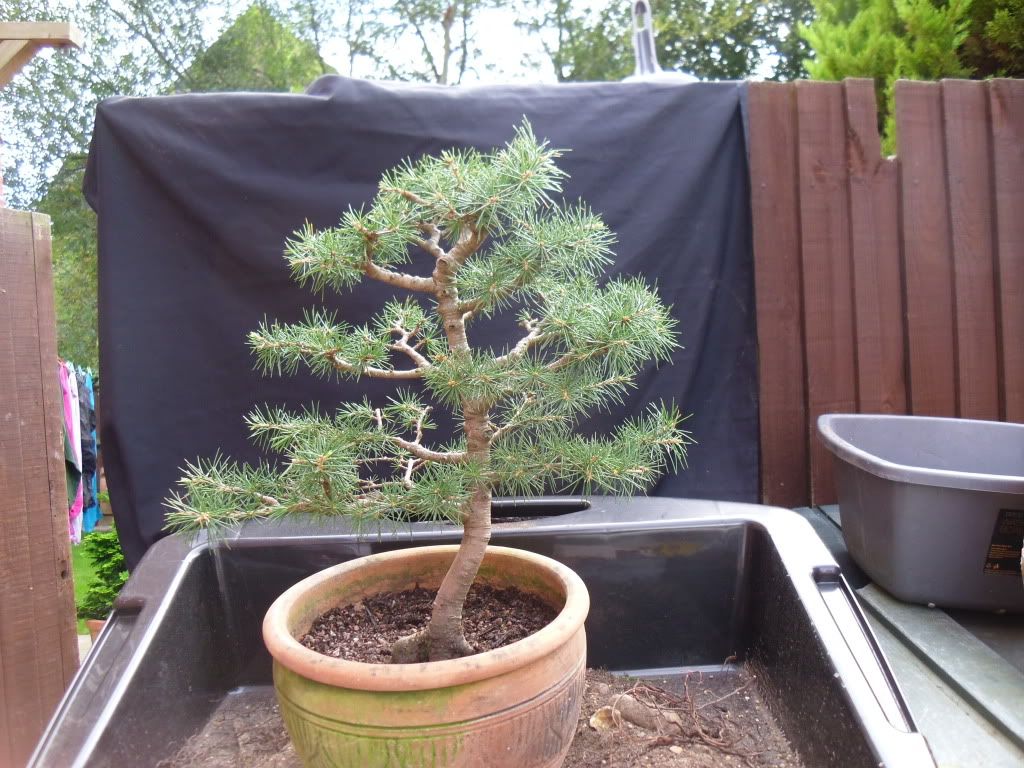At the beginning of August I was lucky enough to visit the home and bonsai nursery of Peter Chan, Herons. Peter is a founder member of the Federation of British Bonsai Societies making him one of the country's leading authorites on all things bonsai. With an astonishing 21 Chelsea Flower Show Gold Medals to his name and even donated the bonsai collection at Wisley RHS. Some people have all the luck! Although the trees on sale at Herons were more than a little out of my price range I did learn a great lesson in growing on bonsai. After taking a long walk around the seemingly endless ranks of bonsai benches and taking in some truly outstanding bonsai I took my self away from the rest of the group and went exploring what Peter referred to as 'the growing fields'. Now I'll be honest, when I heard 'growing fields' I didn't know what to expect. But as I walked through Peters eight acre site it became clearly apparent that substantial bonsai reach there size and development in the ground and then in large tubs not in little bonsai pots.
The small pots that bonsai end up in when they are established and styled restrict the growth of the tree because they reduce the amount of roots the tree has to feed its self. Now the roots of any tree will continue to grow in search of more water and nutrition to enable the tree to reach its potential and desired size even when in a pot that is far to small to reach this potential. So what will eventually happen is the tree will become what is known as pot bound. Very common in neglected garden plants that have been grown in pots. Bonsai combats this by periodically removing the tree completely from the pot, removing the old soil that would of had most of the nutrition spent through the time the tree had been living on it, trimming the roots back to prevent the tree from out growing the pot you wish it to live in for the following period and then replacing the tree in the pot with new nutritious soil. This is what is referred to as re potting for obvious reasons.
There are of course other reasons for potting a tree in a pot that in gardening sense would be regarded as far too small. For reasons such as aspect and for aesthetics pots in final designs has a number of rules to be kept to when being judged for competition. I'll not go in to these rules in detail at this point I will no doubt write an article with more information on the judging criteria later in the blog. To give you a basic idea what I mean by aesthetics, the small pots give the tree an impression of size and make them look larger that what they are and there for more like a tree grown natural in the wild. There are also cascades that are planted in taller pots to give those viewing it the impression that the tree in growing from a shear face like on the side of a cliff or on the very top of a mountain.
So hopefully I have established just how important pots and potting is to bonsai and what an integral element potting is to learn and get right.
I have, with some help done one re pot on my large Scots pine bonsai but I've not attempted doing a full re pot unassisted yet. But two weeks ago I did what started out as a 'slip pot' to improve the soil in my Cedar of Lebanon. A slip pot is the term used when a bonsai tree is carefully slipped from its pot and then slipped in to a larger pot and back filled with free draining bonsai soil. There are a few reasons why one would want to do this but the most common is to improve drainage when it's too late in the season to perform a complete re pot. Most bonsai trees should be re pot in the late winter just before spring when the tree is in a dormant stage. Heavily cutting roots in the late summer will endanger the tree because it will throw out new fibrous roots that will more likely not withstand a hard winter.
In the case of my Cedar, I'd brought it along with a Scots pine in midsummer from a member at club who sold off his collection due to emigration to New Zealand. The soil it was in was a bit to compacted for my liking. By that I mean when I'd water the tree, it would take quite some time for the water to soak through the soil and would sit on the top. The pot it was in only had one small hole which I didn't think would be enough. I'd read in a couple of books and been told from a few members on weetrees that Cedar of Lebanon need very free draining soil much like the hills and mountains of Lebanon where they are most commonly found in nature.
I'd hoped to slip the root ball with the compacted soil out in one, and then place it in to a larger pot with more drainage holes. Back filling it with a very free draining bonsai soil mix so at least the outer edges would drain off and not leave the tree in soggy soil through what is likely to be a very cold winter. The root ball came out surprisingly easy. Well, in fact a bit too easy. The whole root ball almost fell apart. The bottom half was made up mostly of large stones but below them were some very long black rotten roots. I figured the best course of action was to cut them out and ease off as much of the old soil as I could without overly disturbing the healthy roots. I made sure I left enough old soil but gave it plenty of new to give the desired result of improving the drainage which I checked once I had finished with a good water. I also addressed the small single hole in the base of the pot. I had originally planned to pot the cedar in a larger pot, This is commonly referred to as 'potting up' As in, up in size. But because there were not really much in the way of roots in there as the stones were taking up a lot of space I figured the same pot with more drainage holes would suffice.
 |
| The roots don't look half as bad in the photo as they did at the time. |
 |
| I think 5 is better than the one hole and a bit of mesh will stop the tree losing soil through them. |
 |
| Hardly the most exciting photo, but you can clearly see there is LOADS of horticultural grit mixed in there. |
 |
| And there it is until the spring when I will give it a go at wiring those branches down. |
As always, feel free to comment and leave messages as I like any feedback I'm given.
Dean Kelly
I can see your learning curve is accelerating. Keep at it Dean. Blog is looking very good btw.
ReplyDeleteThis comment has been removed by the author.
ReplyDeleteGood idea starting a blog I watch with interest!
ReplyDeleteThanks guys.
ReplyDelete